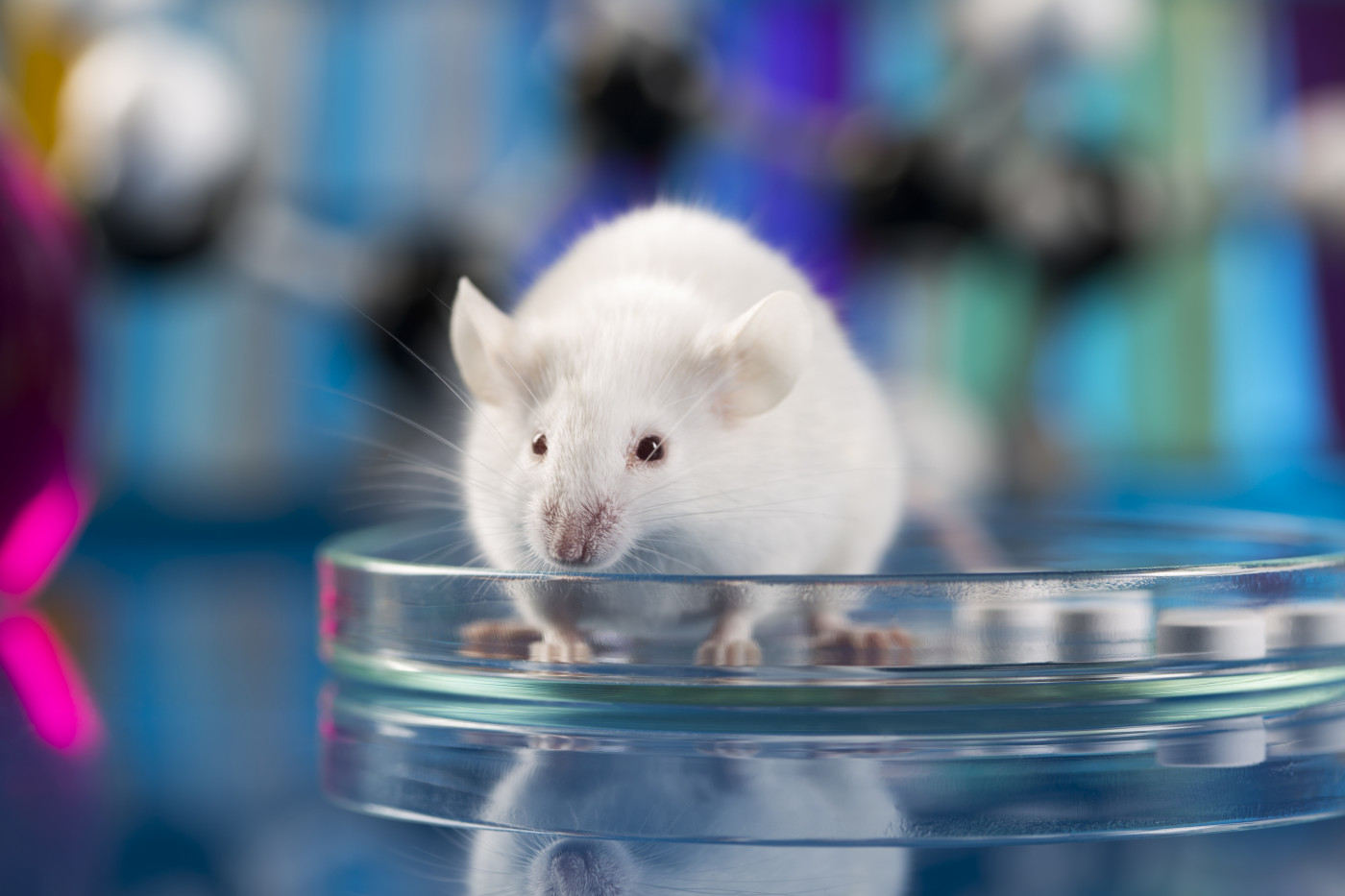Potential SRT for Neuronopathic Gaucher Shows Efficacy in Early Study
Written by |

A substrate reduction therapy (SRT) candidate known as Genz-667161 effectively reduced the buildup of glucocerebroside in the brain, improved survival, and reversed changes in gene activity in a mouse model of neuronopathic Gaucher disease, a study showed.
The study, “Substrate reduction therapy using Genz‐667161 reduces levels of pathogenic components in a mouse model of neuronopathic forms of Gaucher disease,” was published in the Journal of Neurochemistry.
Gaucher is caused by mutations to the GBA gene, which codes for the enzyme beta-glucocerebrosidase, responsible for the breakdown of a fat molecule called glucocerebroside.
A deficiency in beta-glucocerebrosidase leads to the buildup of glucocerebroside in different organs and tissues. When this buildup occurs in the central nervous system (brain and spinal cord), the condition is called neuronopathic, which includes types 2 and 3 Gaucher disease.
Enzyme replacement therapy is a treatment option in which the missing beta-glucocerebrosidase enzyme is provided. However, this therapy is not effective in patients with neuronopathic disease, because it cannot cross the blood-brain barrier — a membrane that selectively regulates the passage of molecules into the brain.
An alternative treatment option — SRT — aims to use small molecules that can cross the blood-brain barrier to block the production of glucocerebroside, thereby lowering its buildup.
Researchers with the Weizmann Institute of Science in Israel, in collaboration with scientists at Sanofi, designed a Sanofi Genzyme-sponsored study to test a small molecule called Genz-667161 in a mouse model of Gaucher.
To mimic neuronopathic Gaucher disease, the team used a molecule called CBE that blocks beta-glucocerebrosidase, leading glucocerebroside to accumulate.
Mice were injected with a combination of CBE and Genz-667161, with CBE alone, or left untreated as a control group. The combination of CBE and Genz-667161 was given in two approaches: either both molecules were injected at 10 days after birth, or CBE was given on day 10 and Genz-667161 on day 25.
Animals given CBE alone did not gain weight, and were significantly smaller compared to control mice. About two-thirds died nearly one month after birth. In contrast, mice that received CBE plus Genz-667161 did gain weight, but not as fast as the control group, and none died by 40 days after birth.
In turn, animals given CBE first and Genz-667161 15 days later showed intermediate symptoms, and some did not survive beyond day 28.
“These data show that administration of Genz-667161 from the initiation of the induction of nGD [neuronopathic Gaucher] by CBE results in a significant improvement in the survival of the mice,” the scientists wrote.
Glucocerebroside levels in the brain were increased 4.6-fold on day 40 in CBE mice compared to controls.
In mice treated with CBE and GZ-667161 on day 10, glucocerebroside levels were similar to those of controls. In animal treated with GZ-667161 on day 25 of life, glucocerebroside levels lowered but to a lesser extent.
Likewise, giving both CBE and GZ-667161 on the same day reduced brain levels of glucosylsphingosine — another biomarker of Gaucher — compared with administering CBE alone.
The team then analyzed which genes were activated (expressed) or deactivated in mice exposed to CBE alone, or with GZ-667161. Many biological pathways altered with CBE, such as those involved in nerve cell function and fat metabolism, were corrected in mice treated with GZ-667161 on day 10.
Expression of the three genes detected in the glucocerebroside pathway was lower in the CBE group, but returned to control levels after GZ-667161 treatment. In contrast, genes essential for lysosomes, the cell structures that contain beta-glucocerebrosidase, were elevated in mice given CBE but were reduced in treated mice.
Notably, one gene known as Srebf1, which has been identified as a risk factor for Parkinson’s disease, was elevated in CBE mice but reverted to control levels with GZ-667161 treatment.
Genes associated with neuroinflammation were also affected. In particular, the activity of genes in a pathway known as RipK was lower upon GZ-667161 treatment, which was “consistent with the notion that the RipK pathway plays a critical role in nGD neuropathology,” the scientists wrote.
Gene expression in nerve cells called astrocytes, induced by neuroinflammation or a lack of blood supply (ischemia), was elevated with CBE but normalized with same-day administration of GZ-667161.
One of the most significantly affected genes upon Genz-667161 treatment was A2m, which has been implicated in Alzheimer’s disease.
“Together, this demonstrates the efficacy of SRT to reverse the effects of substrate accumulation on pathological [disease-related] components and pathways in nGD brain,” the investigators concluded.
“Whether other pathways are irreversibly damaged in early stages of nGD, or rather require longer times of treatment, requires further study,” they added.



